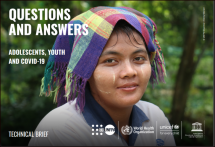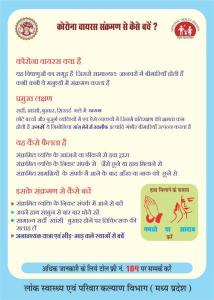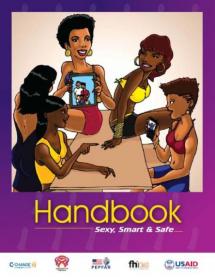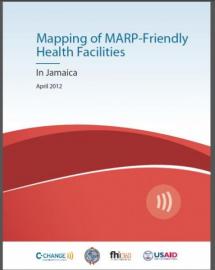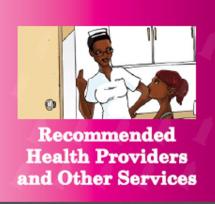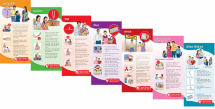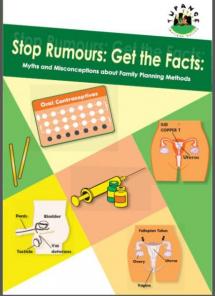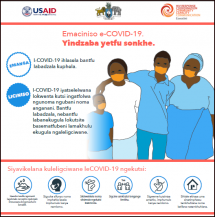Questions and Answers: Adolescents, Youth and COVID-19
These questions and answers were developed by the World Health Organization, UNESCO, UNFPA and UNICEF.
Questions include:
- Can adolescents catch COVID-19?
- Can adolescents spread COVID-19 to other people even if they have mild or no symptoms?
- Since there are few known cases of adolescents getting seriously ill with COVID-19, should I go to a health facility if I develop symptoms of the disease?
- I am on medication for a chronic health condition. Should I change anything?
- I am bored staying home. Since I am very unlikely to get severely ill even if I was to get COVID-19, why is it important that I follow the guidelines to prevent transmission such as keeping physical distance from other people?
- I am feeling really anxious about COVID-19 and its impact on my life. What should I do?
Source: World Health Organization, UNESCO, UNFPA and UNICEF
Date of Publication: September 30, 2021
SIMILIAR RESOURCES
Tools
Examples
- COVID-19: Simple Answers to Top Questions Risk Communication Field Guide Questions and Key Messages
- Films about Coronavirus
- Nigeria Centre for Disease Control COVID-19 Resource Center
- Toolkit to Spread Awareness and Take Action on COVID-19
- COVID-19 Communication Materials for the Americas
- Local Media and Community Engagement in Humanitarian Settings
- Questions and Answers about Breastfeeding and COVID-19
- Technical Brief: Creating a Real-Time Rumor Management System for COVID-19
- COVID-19: Keeping Young People Healthy
- Noora Health COVID-19 Resources

